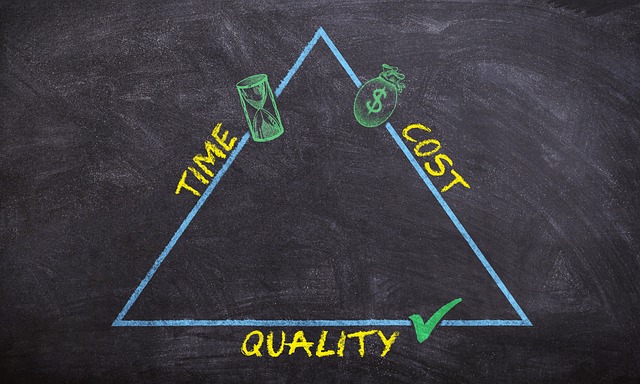Module 4: Applications of the Derivative (Chapter 3)
Section outline
-

In business, companies are interested in maximizing revenue. Consider a scenario in which a company has collected data on how many cars it is able to lease, depending on the price it charges its customers to rent a car. The company would then use the data to determine the price the company should charge to maximize the amount of money it brings in (see "Chapter Opener: Maximizing Revenue" Example in Section 3.4: Applied Optimization).
Being able to solve this type of problem is just one application of derivatives introduced in this chapter. We also look at how derivatives are used to find the maximum and minimum values of a function. As a result, we will be able to solve applied optimization problems, such as maximizing revenue and minimizing cost for certain area. In addition, we examine how derivatives are used to provide accurate graphs of functions and solve problems that involve two related quantities that change over time.
Image Caption: A triangle showing the connection of time, cost, and quality. (Image Source: "Triangle, Quality, Time image.", Pixabay, Creative Commons Zero (CC0) license)
(Content Source: Chapter 4 Introduction and 4.7 Applied Optimization Problems, Calculus Volume 1, Gilbert Strang and Edwin "Jed" Herman, OpenStax, CC BY-NC-SA License)
Upon completion of this module, you will be able to:Section 3.1: Second Derivative and Concavity- Describe how the second derivative of a function relates to its concavity and how to apply the second derivative test.
- Describe the relationship between inflection points and concavity and how to find the inflection points of a function.
Section 3.2: Optimization- Formulate a real-world problem as a mathematical function that requires optimization.
- Utilize optimization techniques to identify the absolute extrema (minimum and/or maximum) of a given function.
- Using the First Derivative Test to find local extremes.
- Using the Second Derivative Test to find local extremes.
Section 3.3: Curve Sketching- Use first derivative information to find intervals where graphs are increasing, decreasing, or constant.
- Use second derivative information to determine concavity.
- Use the information about first and second derivatives to graph functions
Section 3.4: Applied Optimization- Solve minimum-maximum problems using calculus
Section 3.5: Other Applications- Use tangent line approximation to solve problems
- Calculate and interpret elasticity of demand
Section 3.6: Implicit Differentiation and Related RatesTo achieve these objectives:- Differentiate implicitly.
- Solve related-rate problems.
- Read the Module 4 Introduction (see above).
- Read Sections 3.1 - 3.6 of Chapter 3: Applications of the Derivative in Applied Calculus (links to each Section provided below)
- At the end of this Section there is a list of Vocabulary, a Self Check Quiz, and a set of Flashcards
- At the end of this Section there is a list of Vocabulary, a Self Check Quiz, and a set of Flashcards
- Watch the Videos for each Section (links provided below)
- Complete the MyOpenMath Homework Assignments for each Section (links provided below) - These are graded!
- Practice the problems on the Chapter 3 Review Exercises, checking the solutions provided (link provided below)
- Complete the MyOpenMath Quizzes for Chapter 3 (link provided below) - These are graded!
- Once you complete the Quizzes, upload your work in the Quiz Work Upload Assignment using the submission link below.
- Post in the Chapter 3 Q&A Discussion Forum - link provided below.
Note the check boxes to the right that help you track your progress: some are automatic, and some are manual.Module Pressbooks Resources and Activities
You will find the following resources and activities in this module at the Pressbooks website. Click on the links below to access or complete each item.
Background Colour
Font Face
Font Kerning
Font Size
Image Visibility
Letter Spacing
Line Height
Link Highlight
Text Colour
